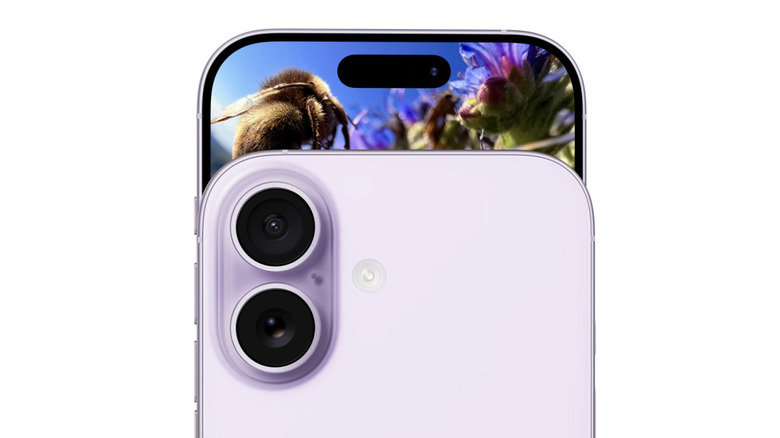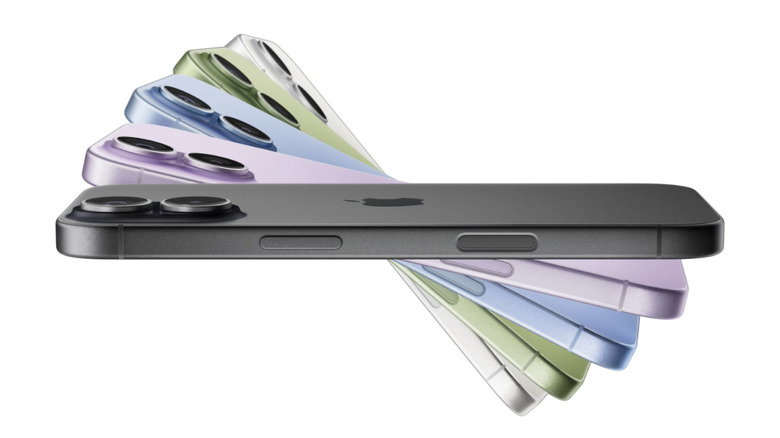The Base iPhone 17 Is The Best Model In Apple's New Flagship Series — Here's Why
For years, Apple has reserved the best that it has to offer for the Pro model iPhones. Fast screens, high-res cameras, big batteries, faster charging — you name it. While that makes sense from a business standpoint, the strategy also meant that the vanilla iPhone was at a serious disadvantage compared to Android devices in the same price ballpark. It was always the "good enough" device, but rarely ever a standout value. With the iPhone 17, Apple has changed the equation to such an extent that the entry-point mainline phone now makes the iPhone 17 Pro feel like a lukewarm update.
In an age where even $200 Android phones offered high-refresh-rate screens, Apple continued to equip its $800 smartphone with a 60Hz screen. On the iPhone 17, buyers will finally be greeted by a 120Hz screen, matching that of its Pro siblings. Though the screen size has climbed from 6.1 to 6.3 inches, the pixel density remains unchanged. Surprisingly, Apple has boosted the peak brightness by a healthy 50%, taking the numbers to a cool 3,000 nits. To put it in realistic terms, you can comfortably use the phone outdoors without having to grapple with legibility and reflections.
Apple says it's "the highest ever on iPhone," which is quite astounding given the "most affordable" status of the iPhone 17 in the mainline series. But this panel is not only brighter and faster, it's also stronger. Thanks to the Ceramic Shield 2 protection, this panel is thrice as resilient against fingerprints. Another quality of life perk is an anti-reflective layer on top to subdue the glare problem.
Pound for pound, it's the best value
Even if you were to look at it from a year-over-year upgrade lens, the iPhone 17 emerges as the heaviest hardware update Apple has served in a long time. The vanilla iPhone is no longer limited to a low-resolution camera, with both rear cameras now relying on a 48-megapixel Fusion sensor, the latest evolutionary format of iPhone cameras. The main camera retains its 2x optical zoom range, but the ultrawide sensor now does pixel-binning to deliver better shots, even within the macro range.
Of course, the real benefit is going to appear in the fusion 24-megapixel shots, and the full-res snaps from the beefier sensor. The front camera also gets upgraded to a higher-resolution 18-megapixel center-stage sensor, which enables dual-lens capture and brings conveniences like auto-framing and landscape shots in portrait orientation. The new A19 chip is faster, but it's the fused AI accelerator-GPU design that holds immense promise for on-device AI functions.
Apple has also fitted a larger battery inside the iPhone 17, which lifts the per-charge mileage from 22 hours to 30 hours compared to its predecessor. More importantly, the support for wired fast charging also climbs from 20W to 40W, helping the phone fill up an empty tank up to 50% in just 20 minutes. And let's not forget that the base variant also doubles the storage capacity to 256GB this year. Overall, the iPhone 17 has emerged as not only the biggest iterative upgrade. And Apple has managed to achieve all that while keeping the price intact at $799 for the US market.

